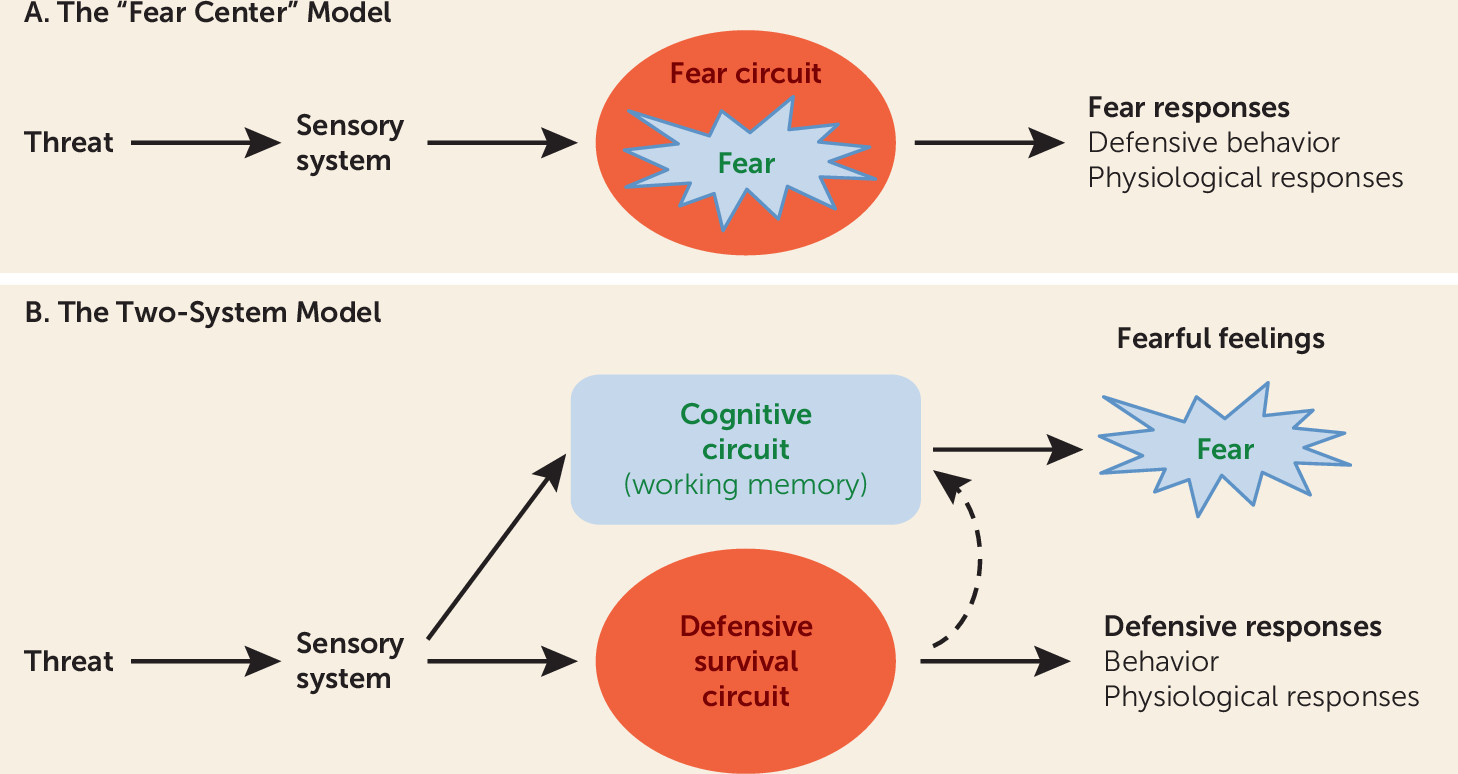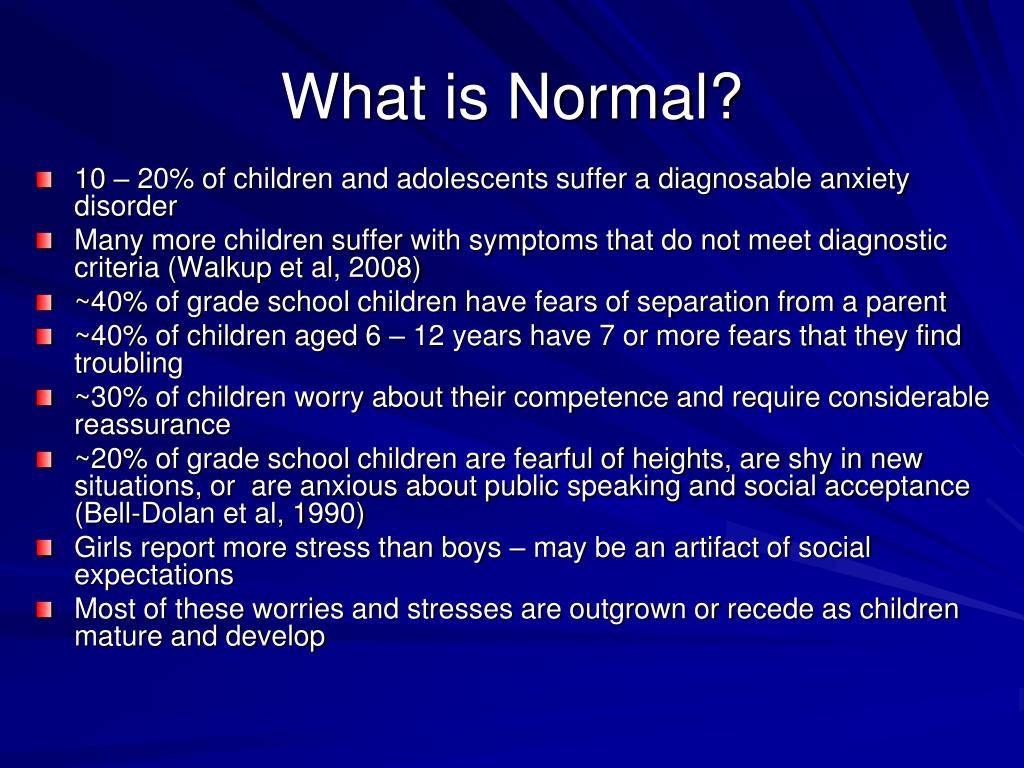


Aviophobia or Aerophobia – Fear of flying – YouGov found that around 24% of British people have some form of anxiety about getting on a plane.Arachnophobia – Fear of spiders – One of the most common phobias, as around 18% of us admit to being petrified of spiders and daddy-long-legs some people cannot even look at the eight-legged creatures on TV.Nearly a quarter of the population is reportedly “very afraid” of being up high, while a further 35% are “a little afraid”. Acrophobia – Fear of heights – According to the most recent survey from market researchers YouGov, heights are the UK’s biggest fear it is the most common phobia.But what is a phobia? A phobia has been defined as “an overwhelming and debilitating fear of an object, place, situation, feeling or animal” and they are either categorised as Simple Phobias, also known as Specific Phobias, or as Complex Phobias. The NHS estimate that 10 million people in the UK have phobias and that phobias are the most common type of anxiety disorder. A phobia develops when the mind has learnt to associate a certain situation or object with the ‘fight or flight’ fear response.įear is described as ‘phobic’ when the object or situation is ‘illogically’ feared beyond its ability to harm, when we cannot rationalise it or put it into perspective, when it involves avoidance of the fearful object or situation or when it cuts out choices, interferes with our daily living and reduces our quality of life. It becomes an ‘anxiety disorder’ when someone experiences uncomfortably high levels of ‘fight or flight’ arousal in situations where you would not normally expect to feel this level of fear. This prepares us for what is known as ‘fight or flight’ – either to fight for our lives, or run for them. This type of anxiety is very useful as it warns us when danger threatens.įear releases adrenaline and other chemicals into the blood and this speeds up our heart rate, sharpens our senses and heightens our physical powers.

Together, these findings suggest 5-HT2A receptors are critical regulators of learned fear, and that 5-HT2A receptors may be an important pharmacological target to normalize exaggerated learned fear resulting from chronic 5-HT-ergic disruption.Fear is a normal part of life, and we encounter many things that can be dangerous, painful or frightening, such as fire, physical attacks, treacherous weather conditions or ferocious animals. In both SAL- and PCPA-treated animals, the DOI-induced reduction of learned fear was reversed by the 5-HT2 antagonist ketanserin, but not by the 5-HT2B/2C antagonist SB 206553. Systemic administration of the 5-HT2 receptor agonist (±)-2,5-Dimethoxy-4-iodoamphetamine hydrochloride (DOI) reduced FPS in both PCPA-treated and saline (SAL)-treated control animals, normalizing the exaggerated fear response in PCPA-treated rats.

PCPA-treated rats show an enhanced magnitude of FPS. The role of 5-HT2 receptors in fear potentiated startle, (FPS) was examined in rats chronically treated with pchlorophenylalanine (PCPA) to reduce brain 5-HT. However, the specific 5-HT receptor mechanisms involved are not well understood. Bradley Keeleįear Conditioning Startle Reflex 5-HT2 DOI Ketanserin SB 206553ĪBSTRACT: Deficits in serotonin (5-hydroxytryptamine, 5-HT) neurotransmission are implicated in abnormal emotional behaviors such as aggression, anxiety, and depression. doi:10.1037/0033-295X.105.2.325ĥ-HT2A Receptor Activation Normalizes Exaggerated Fear Behavior in p-Chlorophenylalanine (PCPA)-Treated RatsĪUTHORS: Cathryn R. Schulkin, “From Normal Fear to Pathological Anxiety,” Psychological Review, Vol.


 0 kommentar(er)
0 kommentar(er)
